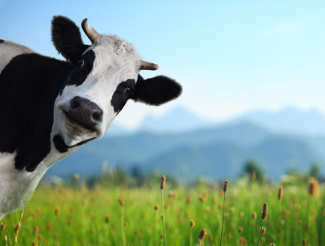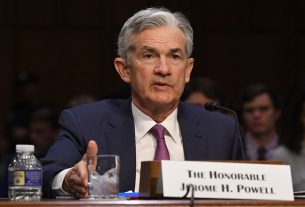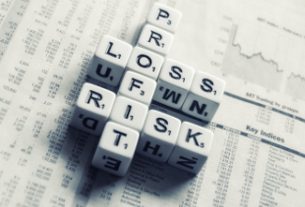Stock markets soared last week in the aftermath of Fed Chairman Jay Powell’s speech to the Economic Club of New York. In contrast to Powell’s statement in October that the Fed was still a “long way” from the neutral interest rate, Powell last week stated that interest rates now “remain just below the broad range of estimates of the level that would be neutral for the economy.” Markets saw that as a clear sign that the Fed has become more dovish and will likely pause any further interest rate increases. In response, the Dow Jones surged over 600 points. But will the Fed really slow down rate increases and if so, why did the Fed decide on that?
The first thing to keep in mind is that Powell said that interest rates remain just below the “broad range of estimates” of the neutral rate. Since the range of estimates of the target federal funds rate runs from 2-2.25% all the way up to 3.50-3.75% for 2019, Powell’s statement is true. But that doesn’t mean that the Fed won’t continue to hike interest rates until they’re above the median estimates for the neutral rate. That means that another December rate hike is probably still on. After that, things start to get a little murky.
One has to wonder whether Powell will continue to push for rate hikes in 2019. Certainly he has gotten a lot of pushback from President Trump, who isn’t happy at Powell’s actions in hiking interest rates. Unlike his criticism of Janet Yellen for keeping interest rates too low too long while he was a candidate, President Trump now wants the Fed to keep interest rates low to keep the economy stimulated.
Powell’s speech could be viewed as a way to try to placate the President without actually signaling a change in course, a way to jawbone markets into thinking that he will be dovish in the future without actually having to change his proposed course of action. We won’t really see whether that’s the case until 2019. If halfway through next year we see that the Fed hasn’t moved the target federal funds rate any higher then we can be pretty sure that Trump’s pressure on the Fed might have been the causal factor in the Fed’s decision-making process.
Of course, whether the Fed decides to continue hiking interest rates or not, it won’t have any effect on the coming financial crisis. The wheels for the next crisis were set in motion when the Fed began its quantitative easing policies in the aftermath of the last financial crisis. Those chickens are now coming home to roost, as the economic malinvestment those injections of easy money created are now readily apparent. The “everything bubble” is on the verge of complete and utter collapse.
Investors should already be looking to protect their assets against the coming crash, which could make the 2008 crisis look like a cake walk. Those who have assets in retirement accounts will want to look at investing in gold IRAs, which can be done through a tax-free rollover, protecting hard-earned assets while still enjoying the tax protection of traditional retirement accounts. It’s just a matter of when, not if, the next crisis will occur, so those investors who don’t protect their assets will stand to lose a great deal of wealth.
This article was originally posted on Goldco.




